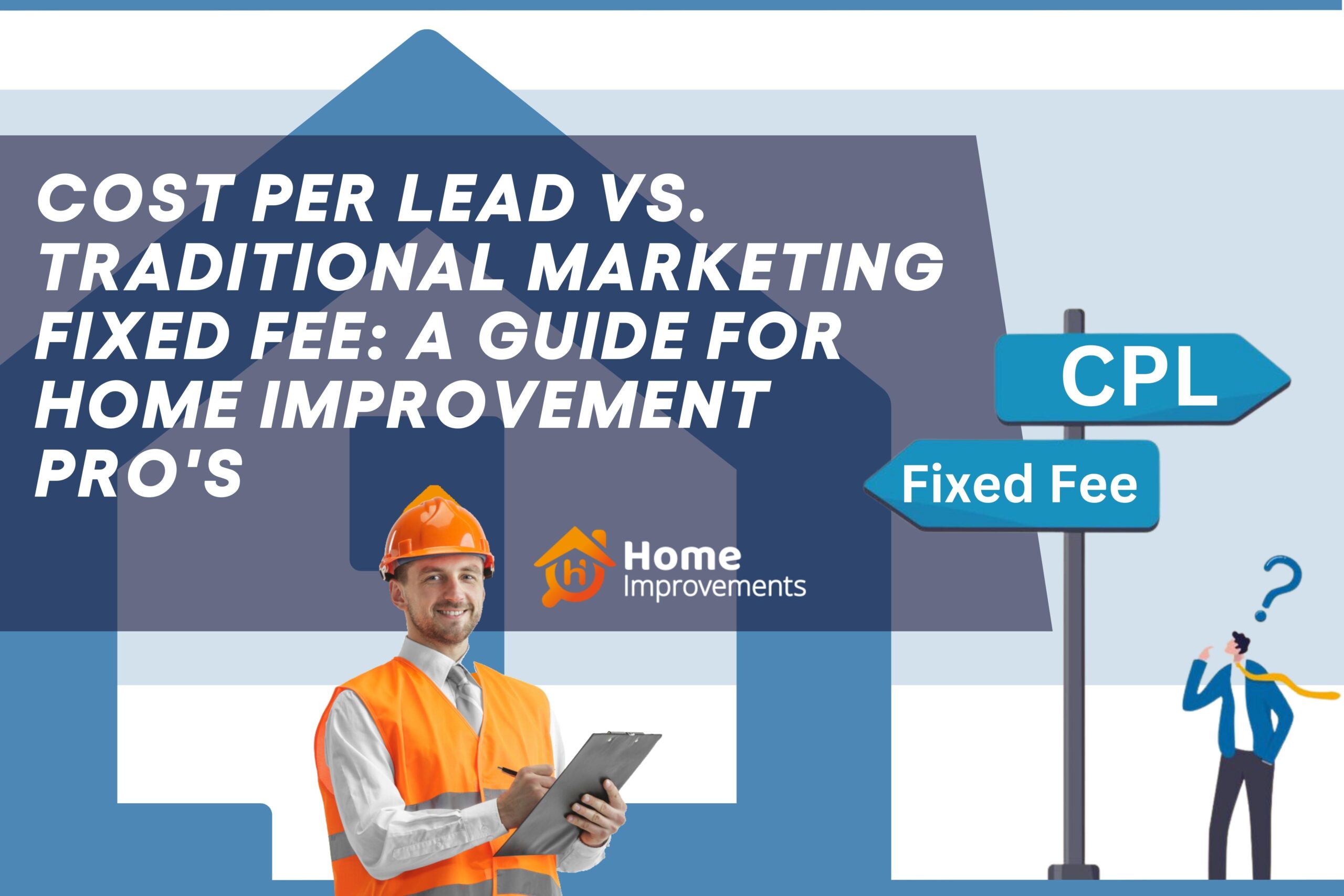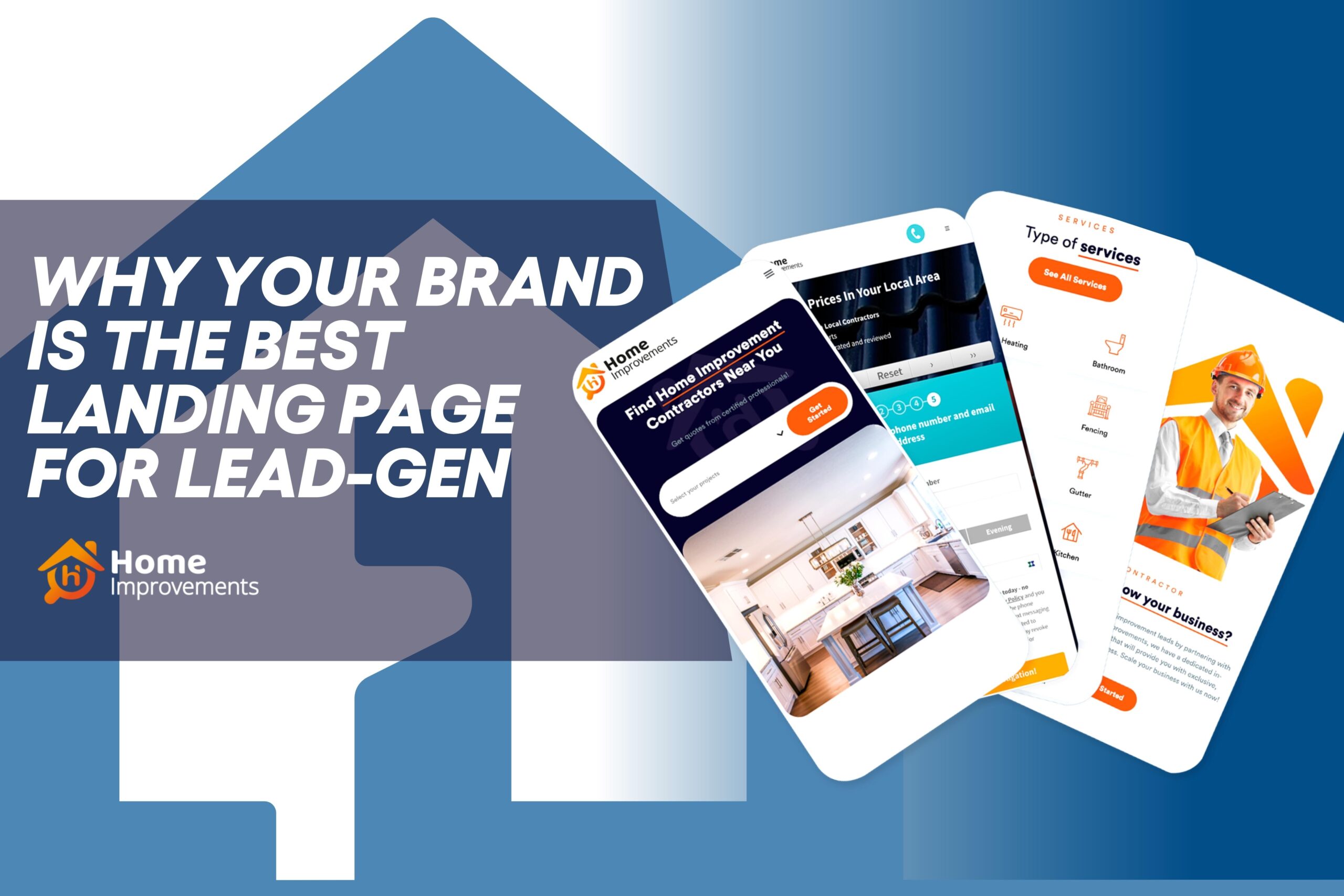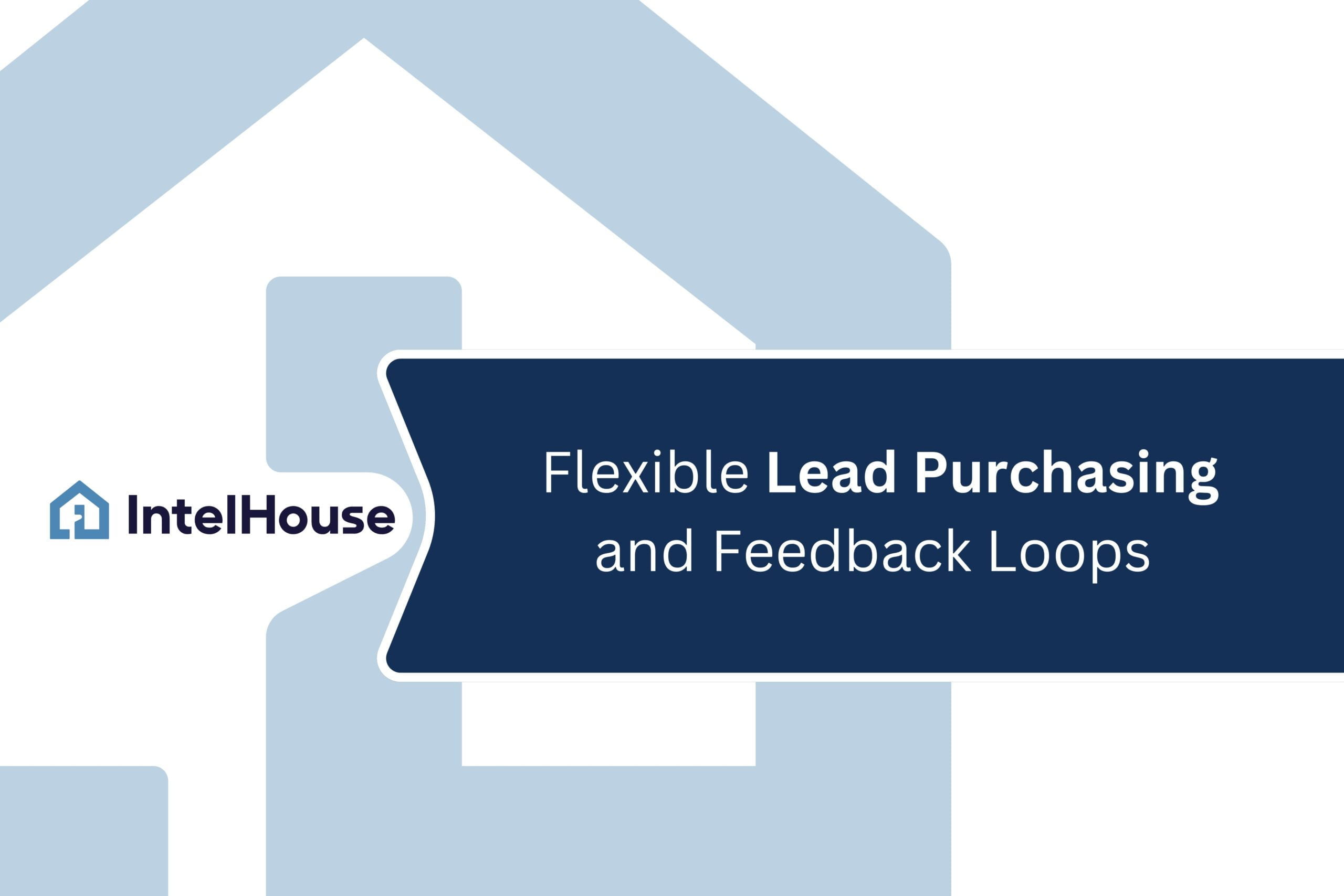CPL (Cost per Lead) Model vs. Traditional Marketing Agency Fee: A Guide for Home Improvement Professionals
As the digital marketing landscape continues to evolve, home improvement professionals are presented with a variety of advertising payment options. Two of the most prevalent models are the Cost per Lead (CPL) model and the traditional marketing agency fee. This article aims to shed light on these two models, assisting home improvement professionals in choosing the best fit for their specific business type.
1. CPL (Cost per Lead) Model:
Definition: The CPL model refers to a digital advertising pricing structure where the advertiser pays an agreed-upon amount for each qualified lead generated as a result of the marketing efforts.
Features:
- Performance-Based: With CPL, you only pay for qualified leads, rather than views or clicks.
- Measurable: CPL makes tracking ROI straightforward. Advertisers can ascertain the cost of each lead and gauge the campaign’s effectiveness.
- Opaque Margins: One of CPL’s challenges is the lack of transparency regarding the genuine lead acquisition cost compared to the agency’s margin. Advertisers must believe that the price they’re paying offers good value, even without a clear breakdown.
- Risk: The payment is contingent on the leads generated, placing more risk on the agency but less on the client.
2. Traditional Marketing Agency Fee:
Definition: Traditional fees generally entail a fixed or retainer fee or a percentage of the client’s advertising spend. This model emphasizes the services provided over the actual outcomes or performance.
Features:
- Predictability: Clients can anticipate their monthly expenses, which aids in financial planning and budgeting.
- Comprehensive Services: The fee encompasses diverse services like strategy creation, design, campaign management, and more.
- Transparent Cost Performance Data: Clients can delve into detailed cost performance data, discerning expenditure on various marketing facets and deducing the effective cost per lead or other metrics.
- Lower Agency Risk: Agencies are compensated for their effort and time, independent of campaign results.
Relevance to Home Improvement Professionals:
For smaller localized remodelers, the ‘Traditional Marketing Agency Fee’ model is often the more advantageous choice. These businesses usually cater to specific localities and can benefit from a comprehensive marketing strategy that emphasizes branding, local presence, and trust-building. The transparent cost structure also allows them to tweak their campaigns based on the performance metrics that matter most to them.
On the other hand, large-scale aggregators like Home Advisor or Porch, which serve broad audiences and deal in high volumes, are more suited for the ‘CPL (Cost per Lead)’ model. Their primary goal is to amass as many qualified leads as possible to feed into their platform, making the CPL model’s performance-based payout ideal. Additionally, these aggregators can absorb the opacity of agency margins due to the sheer volume of leads they handle.
Conclusion:
Both CPL and traditional agency fee models offer distinct advantages. For home improvement professionals, the choice hinges on business size, target audience, and desired transparency levels. Smaller, localized operations may prefer the holistic and transparent approach of traditional agency fees. In contrast, larger aggregators might lean towards the results-driven and scalable nature of the CPL model.
For more information about our service offerings and how IntelHouse can help your business grow using the most optimal marketing strategy for your business, please contact a member of our team for a quick consultation Schedule Meeting or contact our sales team: [email protected]



